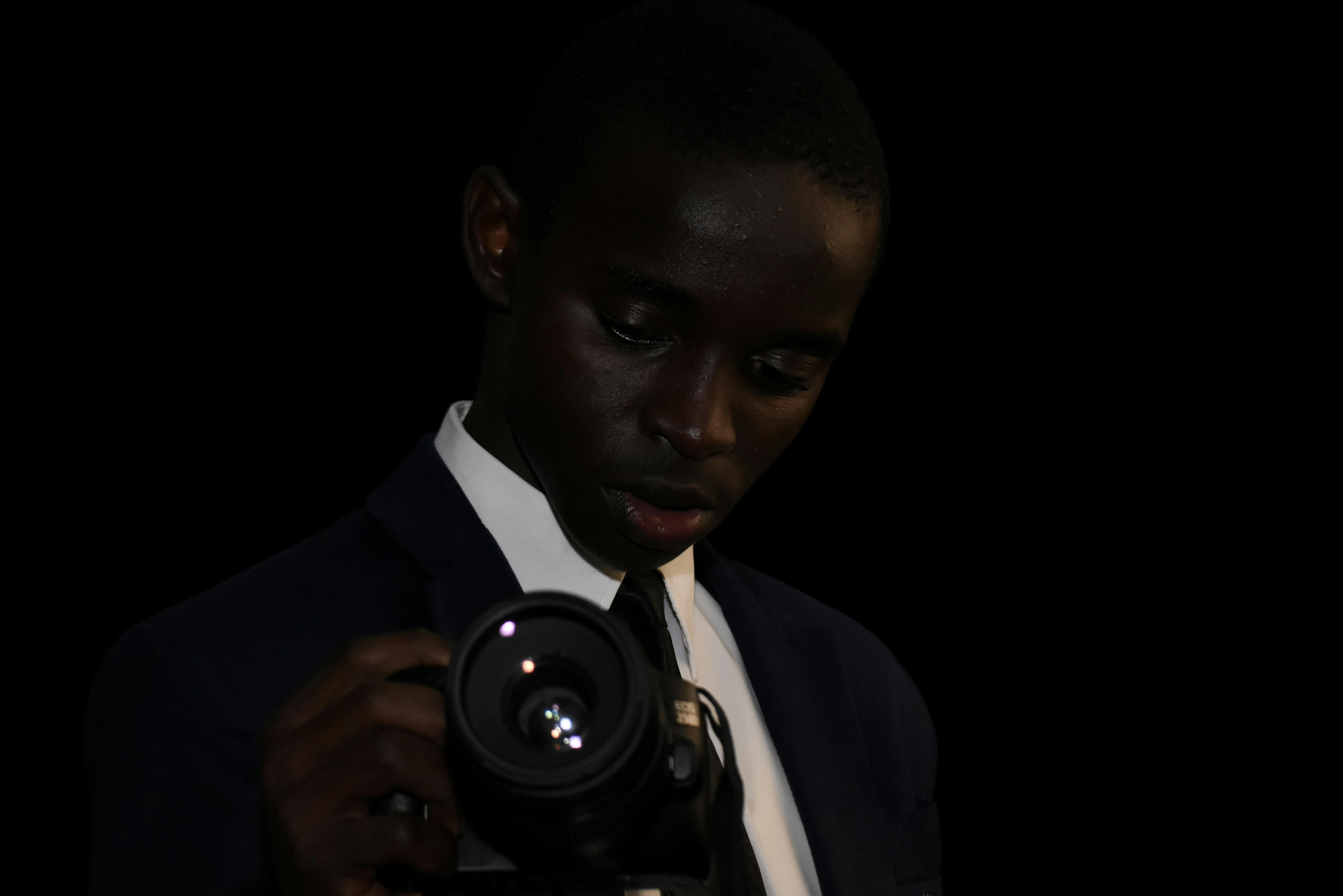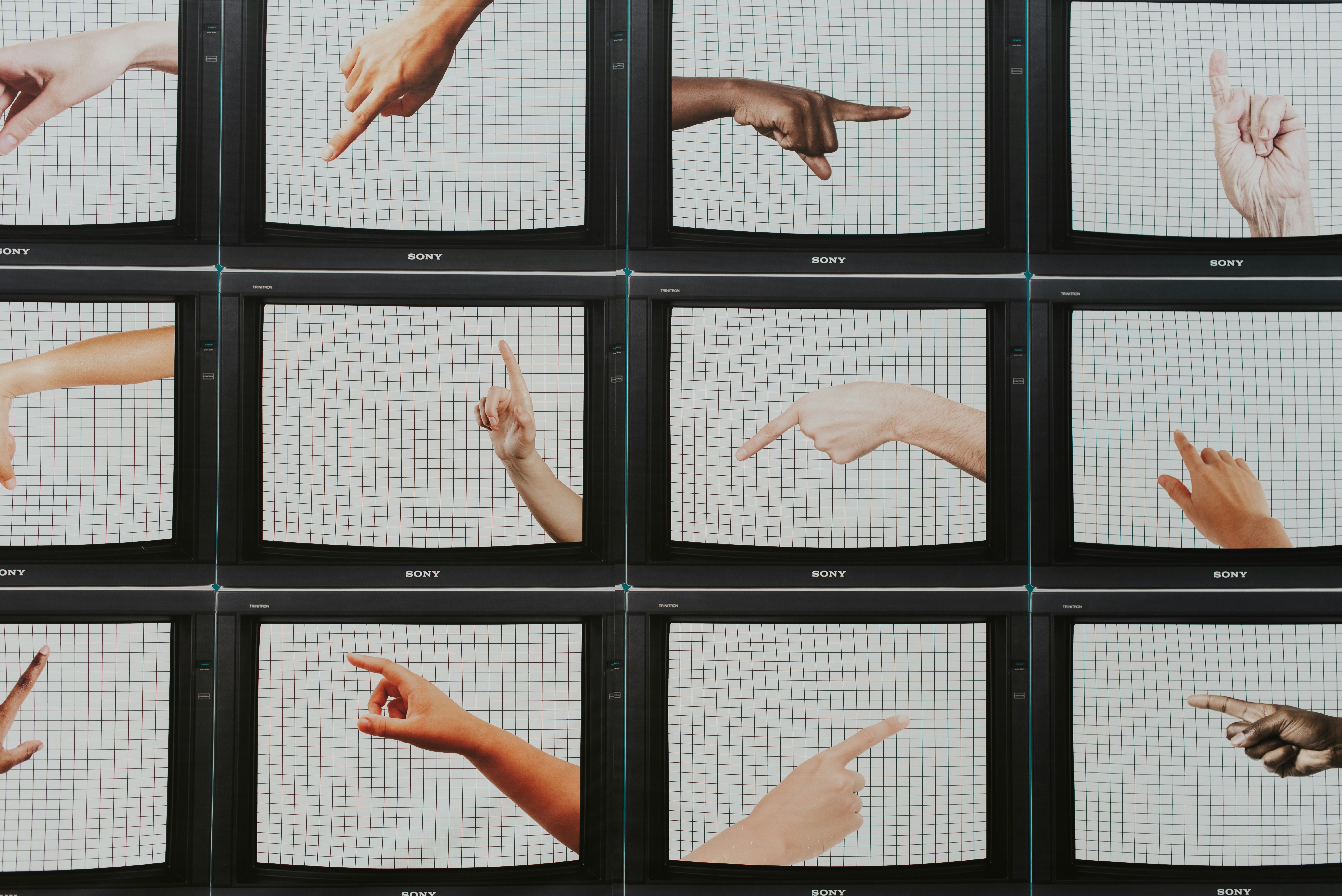Enhance Your Photography: Use Soundscapes for Better Compositions
Imagine capturing a breathtaking sunset, where each vibrant hue is not just a visual delight but resonant with the symphony of nature. Photography is often perceived as a purely visual art form, but what if we told you that incorporating sound could dramatically elevate your compositions and storytelling? In this article, we delve into the innovative intersection of sound and photography, exploring how carefully listening to your surroundings can inspire deeper, richer visual narratives.
The Power of Sound in Photography

As photographers, we are storytellers, and every detail in our frame contributes to the overall narrative we convey. While visuals are paramount, sound helps set the scene and evokes emotions that can significantly influence how we perceive an image. Think about it: the gentle rustling of leaves in a lush forest or the distant murmur of waves on a serene beach can create vivid images in our minds. Listening closely to these cues can enhance your creative vision, shaping the photographs you take and how others experience them.
Exploring the Connection: Sound and Imagery

What if you considered the sounds inherent to your environment while framing your shots? Each acoustic layer adds a nuanced context that can inspire a specific photographic style. For instance, the rhythmic call of birds could encourage you to embrace vibrant colors and a dynamic composition, while the tranquil sounds of a bubbling brook might lead you to opt for softer tones and gentler lines in your work.
To illustrate this, let’s take a closer look at a busy cityscape. The cacophony of honking horns, chatter, and street musicians could incite you to capture the bustling energy and vibrant life of the streets. Conversely, a quiet park may provoke a more introspective approach, allowing you to focus on small details that convey peace and solitude. By actively engaging with sound, you could discover new avenues for creativity.
Tools of the Trade: Binaural Microphones

Incorporating sound into your photographic process doesn’t just have to be a subjective experience; you can also use technology to capture it! Binaural microphones, designed to replicate human hearing, can be vital tools for photographers looking to merge sound and image. By recording the natural soundscape of a location, these microphones allow you to immerse yourself deeper into your surroundings and translate that auditory experience into your visual storytelling.
For instance, if you’re capturing a documentary about urban life, recording interviews or ambient sounds can help you understand the atmosphere. These recordings can serve as a reference point while editing your photos, ensuring that the images you choose align with the auditory experience you want to convey.
Tips for Engaging Your Auditory Senses While Shooting

To fully harness the potential of sound in your photography, here are some practical exercises to incorporate into your creative process:
1. Sound Inspired Composition

Before you even lift your camera, take a moment to close your eyes and listen. Identify the key sounds in your environment and let them guide your choices. Stand still and observe how the sounds interact with the environment. Are they loud and chaotic, or soft and soothing? Jot down keywords that come to mind; these can help you decide on your composition, color palette, and even the mood you want in your final piece.
2. Create a Multi-Sensory Journal

Start a journal where you not only record your thoughts but also your observations about sound. When you arrive at a location, write down the notable sounds you hear. You might notice how certain sounds evoke specific memories or feelings. This can serve as a valuable resource, helping you reflect on previously visited places and providing inspiration for future projects.
3. Pair Photos with Sound

Create a portfolio or series that pairs specific images with audio recordings you’ve made. This could be a simple gallery with an interactive element, inviting viewers to listen while they look. Consider platforms like SoundCloud or even social media stories that can integrate audio snippets along with your visuals. This dual-layer approach can offer an exquisite depth to your storytelling.
4. Experiment with Sound Walks

Engage in sound walks—strolls where your primary focus is auditory rather than visual. While walking, take note of what you hear, allowing it to shape the way you perceive visual stimuli around you. This practice builds a habit of observing that can aid you in future photographic endeavors. When you later return to your camera, your awareness will be heightened.
Visual Storytelling: Beyond the Image

The narrative in photography often extends beyond a static image. How you hear a scene is just as essential as how you see it. Image and sound together can create immersive experiences, amplifying human emotion. One example to consider is such a small detail as laughter in a family portrait. Would you approach the scene differently if you could hear the laughter while composing the shot? Multiple versions of the same subject, influenced by how you perceive the sound, can create various narrative styles.
Many photographers employ this concept in present-day works—where they create multimedia pieces that blend photography, video, and soundscapes, generating a multi-layered experience. As you consider your own work, think about how adding audio can enhance your storytelling.
Learning from Other Artists

Many artists across disciplines have been embracing the entwined relationship between sound and sight. Acclaimed photographer National Geographic showcased various stunning pieces where audio-visual elements coalesce, offering viewers a more layered perception of the world. The amalgamation of photography and sound delivers enchanting stories that resonate on multiple levels.
For a rich dive into how photography can evoke emotions through sound, you might explore articles on photography's emotional impact, such as our own exploration of the art of emotional photography, which examines how visuals invoke feelings and how this ties into different sensory elements.
Unlocking Creativity with Sound

When photographers step outside their comfort zones and embrace multi-sensory experiences, they often unlock greater creative potential. Sound is an overlooked facet in conventional photography; however, as you incorporate auditory cues, your work may transcend traditional boundaries, inviting viewers to experience your art on a deeper level.
Tools exist today that can enhance this learning curve, providing a variety of auditory feedback that shapes your image selection and editing process. These advancements can also lead to a deeper appreciation of your surroundings.
Final Thoughts
By actively engaging with sound in your photography practice, you’ll not only enhance your compositions but elevate your entire creative process. Listening is an art that requires patience, mindfulness, and practice—qualities that lead to spectacular photography. As you explore your surroundings, remember that every sound tells a story, just waiting for you to capture it visually. Your ears are just as essential to your craft as your eyes.
Start by experimenting with sound walks, listen carefully to the audio environment around you, and observe how it guides your compositions. Merge audio recordings with your photography to tell richer stories, and don’t shy away from investing in tools like binaural microphones that help deepen your integration of sound into your craft.
As you embark on this innovative journey, you'll cultivate new perspectives, hone your skills, and, ultimately, foster a unique photography style that resonates with sound’s emotional depth. So grab your camera and your ears, and discover a new world of possibilities through soundscapes and photography.



